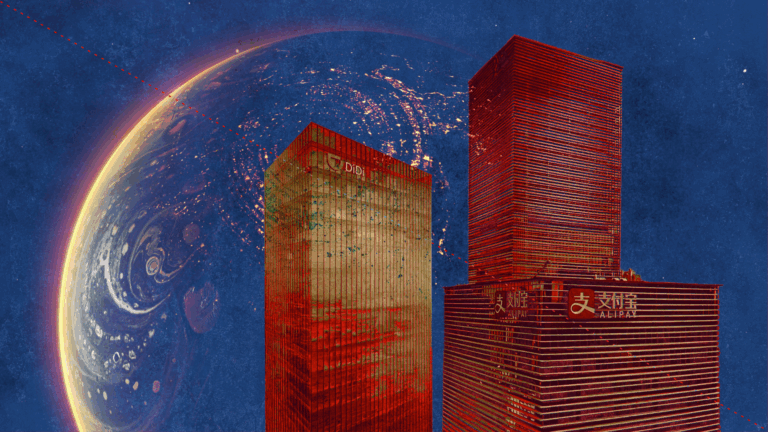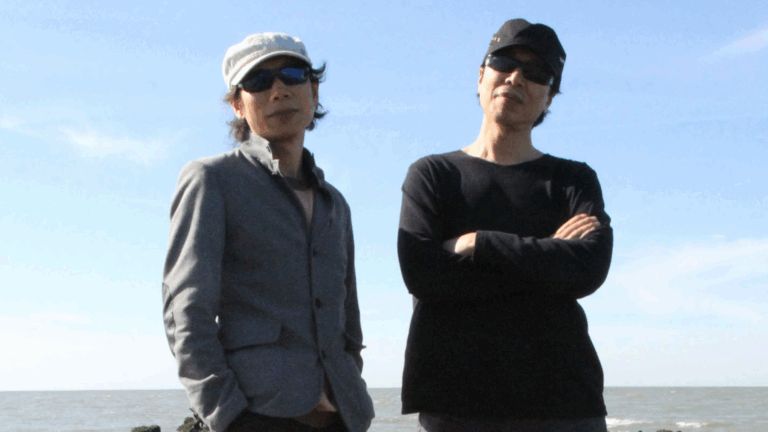By Claudia Bennett
Using photos and videos in criminal trials isn’t a recent phenomenon. The Nuremberg trials were the first, using images of Nazi concentration camps to bring perpetrators to justice. Today, social media has changed the game entirely.
Activists, journalists, opposition leaders, and the public can take a photo or video and instantly share it, documenting atrocities in real time. These photos and videos can inform investigators where and when crimes have taken place. Social media has become one of the fastest, efficient, and most effective ways to document and, consequently, prosecute atrocities.
Both domestic and international courts have recently used photos and videos captured and shared on social media to prosecute perpetrators. For instance, in 2017, the Swedish Supreme Court convicted Haisam Omar Sakhanh after The New York Times published a video taken by a former fighter, showing Sakhanh extrajudicially executing seven Syrian government soldiers in the Idlib governorate on May 6, 2012.
The first case to use social media to prosecute perpetrators internationally was the International Criminal Court’s 2017 arrest against Mahmoud Mustafa Busayf Al-Werfalli of Libya, which was largely based on seven Facebook videos showing summary executions of prisoners. Three videos show Al-Werfalli executing captured and unarmed men, and another three show him giving orders to execute the prisoners. In the seventh video, he both gives orders and engages in the execution of 20 blindfolded prisoners.
Most recently, the European Court of Human Rights held that a photo, collected through open source evidence was reliable in the eyes of the court. The court noted that the fact that the Joint Investigative Task Force, and independent open-source-investigators, such as Bellingcat, came to the same conclusion surrounding flight MH17 “tend[s] to lend support to the credibility of these findings and the methodologies followed”This is significant as the work the organizations conducted was not designed with accountability in mind. It’s remarkable that photos and videos taken on devices the size of a hand can carry the weight of an international human rights prosecution.
Of course, using photos and videos from social media in trials has its challenges. Evidentiary standards are strict and, in most cases, courts require multiple well-documented instances to meet the high threshold of war crimes or crimes against humanity. This poses a challenge for footage obtained via social media, as the photos and videos must be independently verified. To create a solution for this problem, eyeWitness created an app that allows users to record photos and videos that have the metadata needed to demonstrate their authenticity to a court. These photos and videos are stored to ensure a chain of custody, and eyeWitness catalogues the footage for submission to investigators. However, of course this only works if you have the foresight to open the app while documenting atrocities.
The social media platforms themselves pose challenges as well. In recent years, they’ve created roadblocks by removing photos and videos, incorrectly or inefficiently storing content, or not verifying flagged content. These instances have indirectly fueled authoritarian regimes and let dictators get away with mass human rights abuses.
The Syrian conflict is one of the first cases where social media platforms removed essential documentation of the atrocities. International journalists and NGOs initially had no access to Syria, but by using social media, Syrians told the world about the crimes Syrian President Bashar al-Assad committed. However, social media platforms did not properly preserve the evidence. As of June 2020, The Syrian Archive found that 21% of all videos depicting the Assad regime’s human rights abuses were no longer available online. This includes key evidence of the 2018 chemical weapons attack in Doum — deleted and gone forever, making it even more difficult to obtain justice.
Now, all eyes are on Ukraine. Days after Vladimir Putin’s invasion on Feb. 24, 2022, social media posts flooded feeds worldwide, causing the invasion to be dubbed the “first full-blown social media war.” More than a year into the conflict, the amount of social media footage hasn’t slowed down. The burning question is: Will social media companies take concrete steps to ensure they do not delete crucial photos and videos that lawyers and judges can use to prosecute Putin?
The war in Ukraine is the time for social media platforms to shine, but they are not jumping at the opportunity. They need to develop a system that allows content moderators to effectively filter, organize, and verify the images appearing on their platforms. Social media platforms must finesse their “digital archives” that organize content systemically so investigators can more easily sort through the hundreds of thousands of photos and videos.
They also need to prove an understanding of the gravity of this content. Each image or video is a part of the greater conflict and together, makes the story whole. Each image or video needs to be analyzed and treated with care to be used in eventual criminal trials to hold perpetrators accountable.
The war in Ukraine poses a valuable opportunity for international courts worldwide. It’s becoming increasingly clear that evidence will primarily come from social media, and courts must adapt accordingly. While a protocol exists for open-source investigators, there needs to be one focused on the courts and investigative mechanisms. Clear criteria for assessing the weight and authenticity of images and instructions for those who want to submit evidence to the courts are crucial. It cannot continue to be entirely in the hands of the NGOs or the public; platforms, courts, and prosecutors must work together to achieve this.
Undoubtedly, international and domestic courts will use videos and photos taken by civilians, journalists, and combatants in trials against Putin, Assad, and other dictators. Social media platforms must ensure they have taken all steps necessary to adequately organize and preserve potential evidence of atrocities. International courts need to create a precedent so that using social media posts as evidence becomes increasingly common. Finally, social media platforms and courts must work together to ensure that the verification of the photos and videos can be streamlined and consistent.








